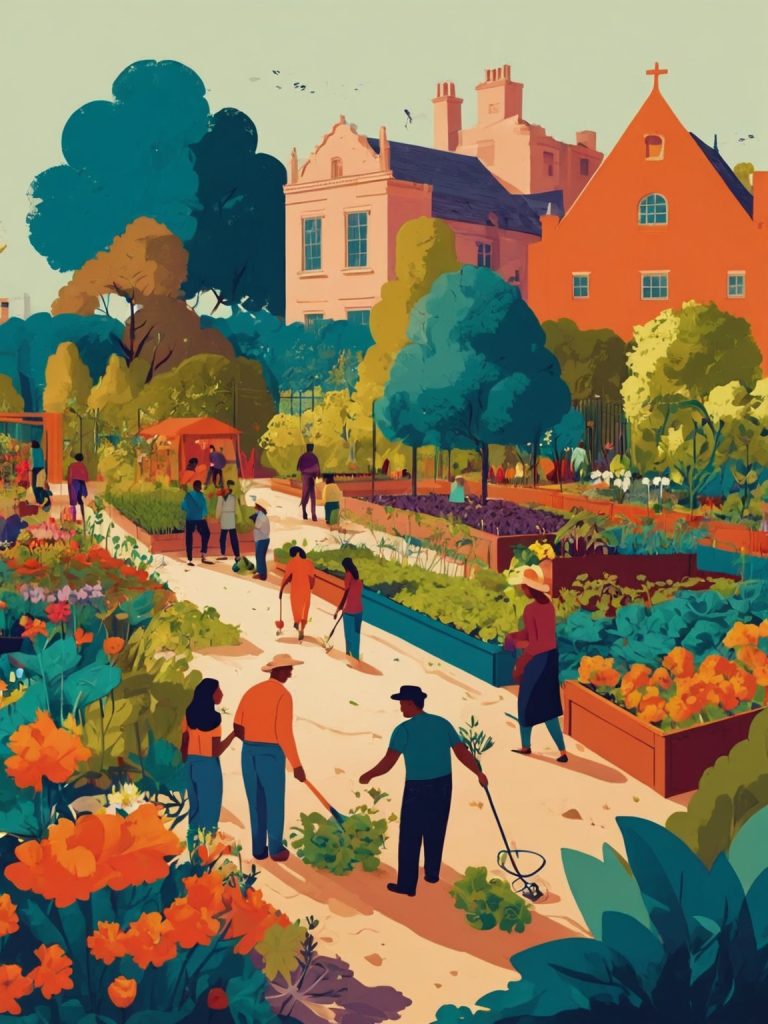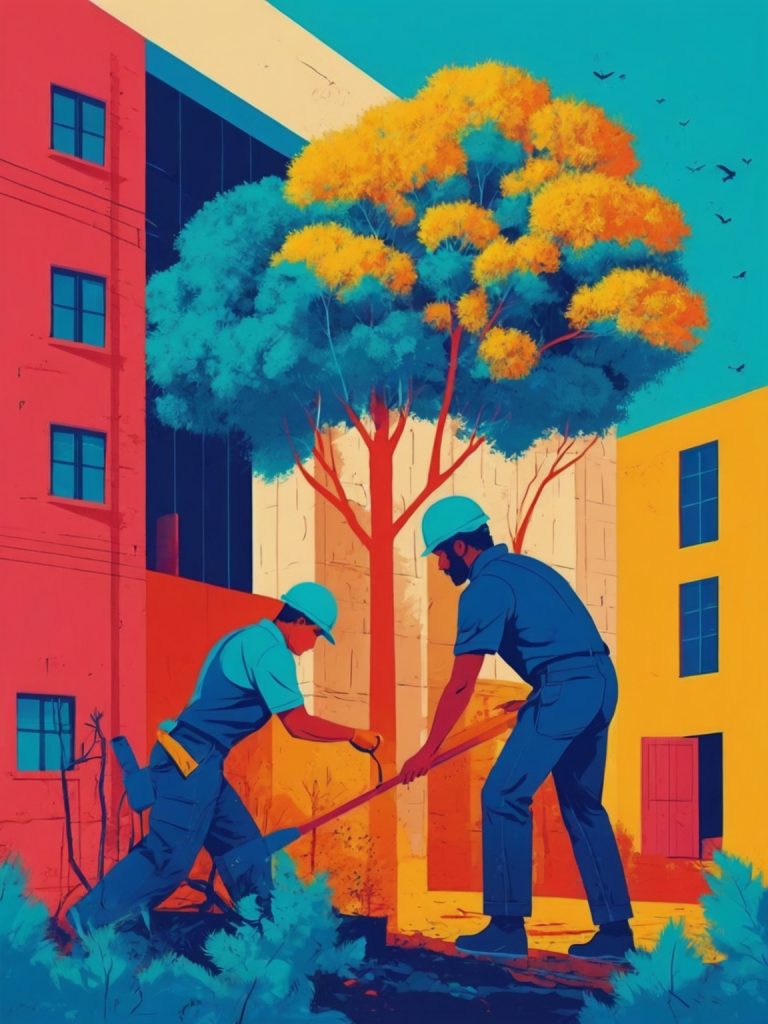This article goes beyond simply recounting the story of Rome’s decline. It offers practical takeaways that you can apply to your own city or town. By understanding the challenges faced by shrinking cities, you can become a more informed advocate for sustainable urban development in your own community.
TL;DR
- Shrinking cities offer a glimpse into the impermanence of empires and the importance of urban planning.
- Understanding these historical declines can inform how we approach modern city development.
- There are actionable steps you can take to support your own community’s sustainability.

The mighty Roman Empire, once a sprawling metropolis, witnessed a dramatic decline, with its population plummeting from a bustling one million to a mere 30,000 by the 14th century. This incredible shrinkage naturally begs the question: what was it like to live in a city that became a shadow of its former glory?
Unfortunately, there aren’t any detailed reports that paint a complete picture of daily life in this shrunken Rome. However, by piecing together historical fragments and leveraging our knowledge of urban decay, we can embark on a fascinating exploration.
Squatting or Splendor?
Imagine a scenario where once-grand buildings like the Pantheon or the Baths of Caracalla stood empty, their echoing halls a stark contrast to the vibrant life they once housed. Did people simply move into these abandoned structures? It’s likely that some did. With a fraction of the original population, there would have been ample space for squatting, especially in the outskirts where collapsed structures might have offered a sense of privacy. Wealthier citizens, on the other hand, might have gravitated towards the more well-preserved areas, perhaps renovating smaller villas or townhouses for a more comfortable existence. This social stratification, even in a diminished city, would have likely been evident.
A City Reclaimed by Nature

As the population dwindled, nature would have inevitably begun to reclaim its dominion. Vines would have snaked their way up the crumbling facade of the Colosseum, and fig trees might have taken root in the forgotten courtyards of the Forum. This would have created a strange juxtaposition – pockets of human habitation amidst a slowly encroaching wilderness. Imagine tending a vegetable garden in the shadow of the once-mighty Colosseum, the bleating of goats echoing where gladiatorial contests once roared.
Law and Disorder?
The question of law and order in a deserted city is intriguing. While banditry might have posed a threat in some areas, especially along unmaintained roads leading outside the city, it’s important to remember that the remaining population would have been far more concentrated. This could have led to a stronger sense of community, with residents banding together for safety and self-governance. Perhaps a system of bartering or resource sharing would have emerged to meet basic needs.
Beyond Rome: A Universal Tale
While Rome’s story is captivating, similar population declines have occurred throughout history. Cities like Angkor Wat in Cambodia and Ephesus in Turkey offer glimpses into this phenomenon. Understanding these historical experiences can shed light on urban planning and sustainability practices in our ever-growing modern cities. Can we learn from the mistakes of the past to ensure our own metropolises thrive for centuries to come?
The Colosseum’s Transformation: A Legacy Reimagined
The Colosseum’s fate exemplifies the city’s transformation. Its original purpose – a venue for gladiatorial contests and public entertainment – faded from memory. The lack of a central authority and the passage of time led to fantastical myths, with people attributing its construction to magic and sorcery. This transformation, from a symbol of Roman power to a source of medieval folklore, highlights the city’s shift from a center of civilization to a realm of mystery and imagination. The Colosseum became a canvas for the human mind to paint its own stories upon, a testament to the enduring power of imagination even in the face of decline.
Shrinking Cities: A Look at the Past and Our Future

While the dramatic population decline of Rome is a historical event, there are recent real-life situations that echo this phenomenon. Here’s a look at how understanding these historical shrinkages can inform our approach to modern urban planning:
Recent Examples of Shrinking Cities:
- Detroit, Michigan, USA: The decline of the American auto industry led to a mass exodus from Detroit, with the population dropping by over 60% since the 1950s https://en.wikipedia.org/wiki/Detroit. The city is now grappling with vast swaths of abandoned buildings and infrastructure.
- Hokko, Hokkaido, Japan: Japan’s declining birth rate and aging population have resulted in ghost towns like Hokko, where once-thriving communities have dwindled to a handful of residents https://www.bbc.com/reel/video/p07shk3t/what-will-japan-do-with-all-of-its-empty-ghost-homes-.
Actionable Advice for a Sustainable Future:

These examples highlight the importance of considering factors like economic diversification and population growth projections when developing urban areas. Here’s what you can do:
- Support community initiatives: Get involved in projects that promote local businesses, arts, and cultural events in your city. This can help attract new residents and create a more vibrant atmosphere https://www.brookings.edu/wp-content/uploads/2016/06/20050307_12steps.pdf.
- Advocate for smart growth: Push for policies that encourage sustainable development, focusing on mixed-use areas, walkable neighborhoods, and public transportation. Studies by the American Planning Association show such strategies can revitalize declining cities https://www.planning.org/.

Table: Life in a Shrinking City – Potential Scenarios
| Aspect of City Life | Possible Outcome | Action You Can Take |
|---|---|---|
| Housing | Abundance of vacant space, leading to squatting or selective renovation. | Advocate for affordable housing programs and historical preservation efforts. |
| Public Safety | Increased risk of crime in some areas. | Support community policing initiatives and neighborhood watch programs. |
| Environment | Nature reclaiming abandoned spaces. | Volunteer for urban gardening projects or green space initiatives. |
By understanding how past cities dealt with decline, we can work towards building more resilient and sustainable urban environments for the future. So, take action – get involved in your community and advocate for a future where our cities thrive!







